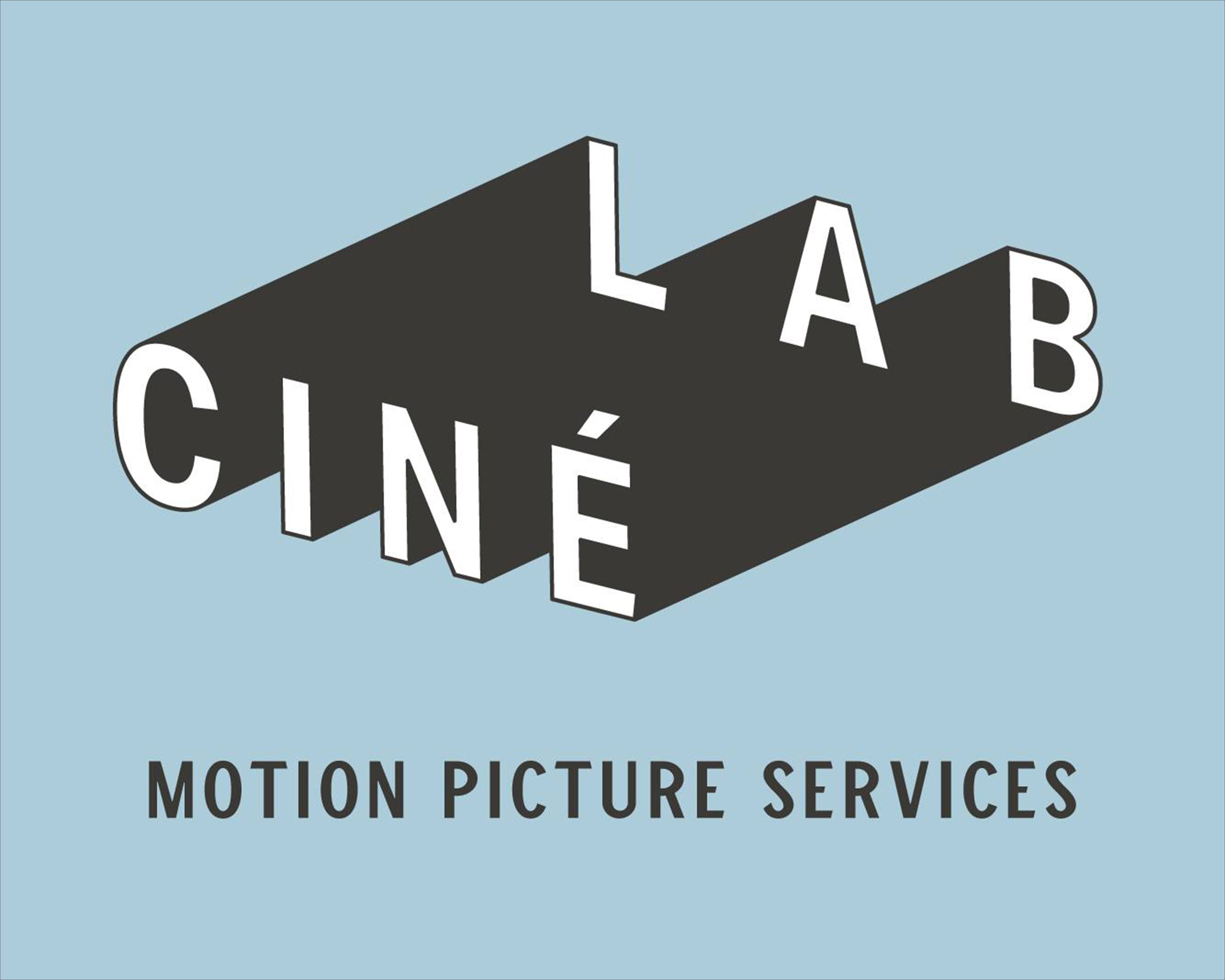You are using an out of date browser. It may not display this or other websites correctly.
You should upgrade or use an alternative browser.
You should upgrade or use an alternative browser.
No workprint
- Thread starter JZASMM
- Start date
David Mullen ASC
Active member
First of all, the telecine colorist automatically reverses the image into a positive one when transferring the negative.
A "workprint" is the same as a projection print, same stock. You make a print off of the negative so you can manhandle it, cut it up and tape splice it in a film editing machine. Projection prints are too high in contrast to make a good video transfer; they look harsh.
If you can't transfer off of the original negative, usually an interpositive (IP) is made off of the negative for transfer. For people on a budget, a low-con "teleprint" is made off of the negative to be used just for the video transfer. It's not as good as an IP, but it's cheaper.
But nothing is as good as using the original negative for a transfer. Second best would be a color interpositive made off of the negative. Third would be a low-con print.
Interpositives are used when the negative has been cut & assembled into a conformed printing master, thus after answer printing, a color-timed interpositive is made from the cut negative, and this serves as both a protection master, a low-contrast copy for video transferring, and for many any dupe negatives needed to make mass release prints.
But for projects mastering digitally, a transfer to video or scan of the original uncut negative is done.
The issue about whether the original transfer to video is "good enough" simply depends on the quality of the original transfer. If the transfer is only temporary, for offline editing, after which the negative will be cut, answer-printed, and a color-timed IP will be struck, and then the IP will be transferred to video, then the quality of the first transfer for editing doesn't have to be good and it can go to a cheap format like DV or betacam, using a cheaper, older telecine. These are usually referred to as "video dailies".
If the transfer, though, is the basis of a final video master, then you have to spend the money to make sure it is done well, and to a good format, either a pro HD format or if for SD only, something like Digital Betacam. This transfer will usually use the best telecine in the facility, and either be timed shot-by-shot while you are there to supervise (a "supervised transfer") or it will be transferred in a flat, low-con "one light" look so that later you can supervise a tape-to-tape color-correction session.
Usually a transfer of an edited project, like a transfer from the final IP, is supervised and scene-to-scene corrected, whereas a transfer for something to be assembled and conformed digitally later to create an edited digital master, will be a flat "one light" unsupervised transfer designed for later supervised color-correction session using the edited master to create a new color-corrected master.
A "workprint" is the same as a projection print, same stock. You make a print off of the negative so you can manhandle it, cut it up and tape splice it in a film editing machine. Projection prints are too high in contrast to make a good video transfer; they look harsh.
If you can't transfer off of the original negative, usually an interpositive (IP) is made off of the negative for transfer. For people on a budget, a low-con "teleprint" is made off of the negative to be used just for the video transfer. It's not as good as an IP, but it's cheaper.
But nothing is as good as using the original negative for a transfer. Second best would be a color interpositive made off of the negative. Third would be a low-con print.
Interpositives are used when the negative has been cut & assembled into a conformed printing master, thus after answer printing, a color-timed interpositive is made from the cut negative, and this serves as both a protection master, a low-contrast copy for video transferring, and for many any dupe negatives needed to make mass release prints.
But for projects mastering digitally, a transfer to video or scan of the original uncut negative is done.
The issue about whether the original transfer to video is "good enough" simply depends on the quality of the original transfer. If the transfer is only temporary, for offline editing, after which the negative will be cut, answer-printed, and a color-timed IP will be struck, and then the IP will be transferred to video, then the quality of the first transfer for editing doesn't have to be good and it can go to a cheap format like DV or betacam, using a cheaper, older telecine. These are usually referred to as "video dailies".
If the transfer, though, is the basis of a final video master, then you have to spend the money to make sure it is done well, and to a good format, either a pro HD format or if for SD only, something like Digital Betacam. This transfer will usually use the best telecine in the facility, and either be timed shot-by-shot while you are there to supervise (a "supervised transfer") or it will be transferred in a flat, low-con "one light" look so that later you can supervise a tape-to-tape color-correction session.
Usually a transfer of an edited project, like a transfer from the final IP, is supervised and scene-to-scene corrected, whereas a transfer for something to be assembled and conformed digitally later to create an edited digital master, will be a flat "one light" unsupervised transfer designed for later supervised color-correction session using the edited master to create a new color-corrected master.





